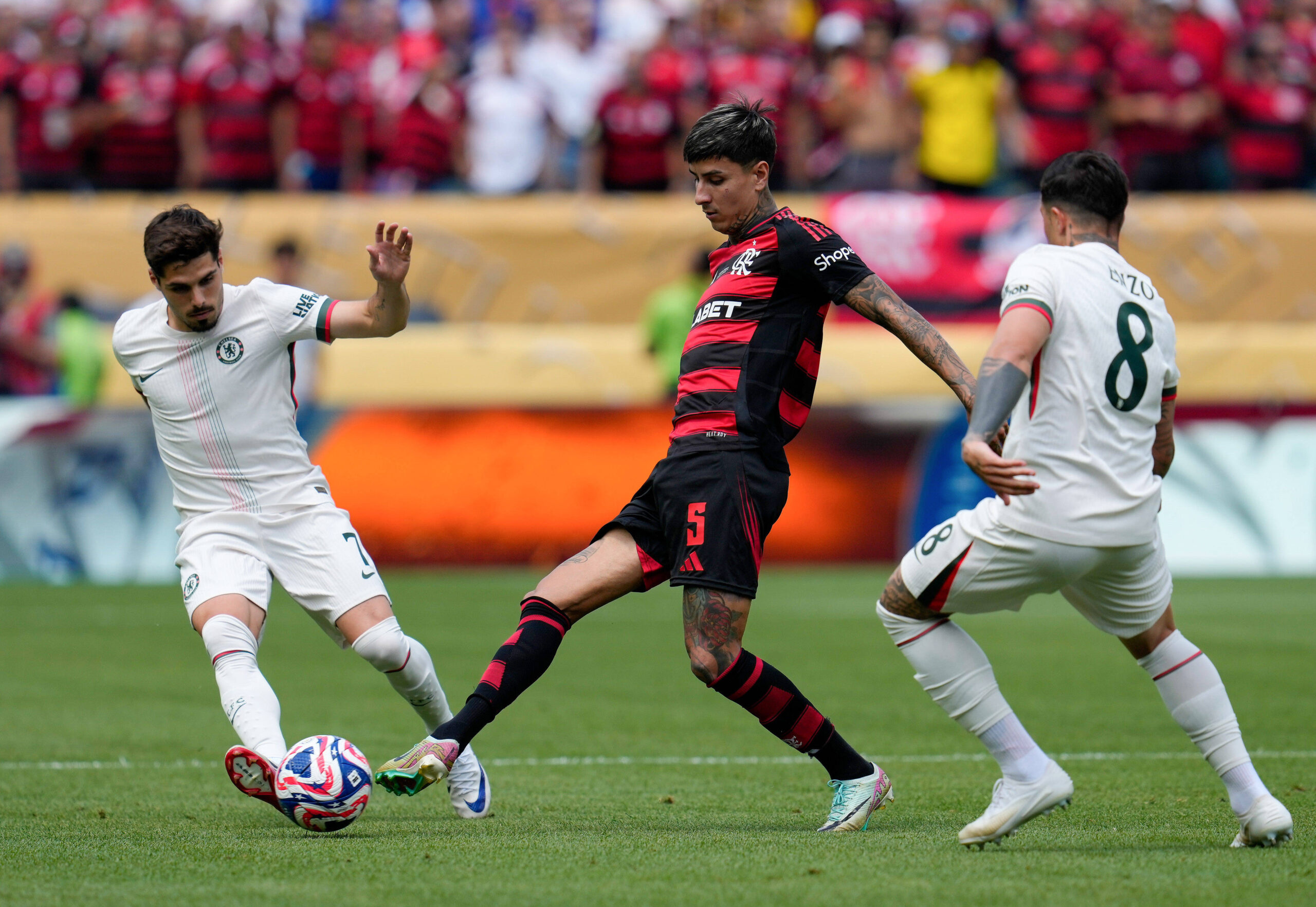For nearly a decade, Mohamed Salah’s performances each season have been the gold standard of consistency at Liverpool. From the moment he arrived at Anfield, the Egyptian King transformed the club’s right flank into one of the most feared weapons in world football. His blend of speed, precision and relentless finishing turned tight games into moments of brilliance.
But as time catches up, Salah’s performances this season have shown a subtle yet noticeable shift, and on the back of three consecutive losses, subtle becomes much glaring and Liverpool can no longer afford to overlook.
Signs of Decline in Salah’s Game
Salah still produces goals and assists, but the Mo Salah losing pace debate is no longer just a whisper among fans – it’s becoming a visible reality. His drop in explosiveness, reluctance to take on defenders one-on-one, and occasional heavy touches all hint that age is beginning to dull the edge that once set him apart.
The numbers back it up: Salah’s dribble completion rate in the Premier League this season stands at a meager 9.1% (Opta Analyst), and he has lost possession 105 times in just seven games (Statmuse).
While two goals and two assists in that span doesn’t exactly scream decline, the quality of his overall play has undeniably dipped. Perhaps he’s simply a victim of his own incredibly high standards – but it’s clear that his once-dominant physical prowess is no longer what it used to be.
To his credit, Salah has tried to evolve. His game has matured, relying more on positioning and creativity than raw acceleration. But in a system built on energy and high-intensity pressing, that evolution creates a tactical void Liverpool must address sooner rather than later.
The truth is, Salah’s performance this season reflects both his intelligence and his limits – a reminder that time waits for no one, not even a club legend.
Liverpool’s Right-Wing Replacement Dilemma
The phrase Liverpool right-wing replacement shouldn’t be taboo – it’s a necessary discussion that every serious fan and analyst should be having. The current squad lacks a true, like-for-like successor to Salah, and that oversight grows more glaring with each passing week.
One would think that the delay in extending Salah’s contract last season was a signal that Liverpool were exploring future options, perhaps scouting a successor in case of his eventual exit. Yet when the club ultimately decided to renew his deal, that sense of long-term planning seemed to fade, leaving the right flank alarmingly dependent on one man.
It’s particularly striking because Liverpool are otherwise so well-equipped in attack. The left wing is secure, with Cody Gakpo firmly establishing himself and Hugo Ekitike offering both versatility and competition.
Down the middle, the club look strong again – Ekitike’s adaptability and the arrival of Alexander Isak have stabilised the centre-forward position. Even the midfield is now packed with creativity and depth.
And yet, amid all this balance, a glaring gap remains on the right wing. There is no natural heir to Salah – no one being groomed to take his place. Even if he somehow rediscovers his lightning pace and old explosiveness, that wouldn’t erase the long-term issue; it would only delay it.
This is the area where Liverpool’s famed recruitment model faces its sternest test.
Historically, the club has been excellent at succession planning – Díaz for Mané, Núñez for Firmino – but failing to apply that same foresight to the right could leave a lasting void. Waiting until Mo Salah’s performances this season decline further before acting would risk disrupting the attacking balance Liverpool have worked so hard to build.
Liverpool After Salah
Every Liverpool fan dreads the question, but it’s one that looms larger with each passing season: Liverpool after Salah – what will that look like? For years, the right flank has been the foundation of Liverpool’s attacking identity – the spark behind countless title-defining moments and Champions League triumphs.
To preserve that legacy, the club must start planning now. Whether it’s through a marquee signing or a homegrown talent, the goal is the same: ensure that Liverpool after Salah doesn’t feel like a complete rebuild. Arne Slot’s arrival offers a chance to reshape that dynamic, introduce new attacking ideas, and gradually phase in a new identity on the right.
This isn’t about replacing Salah overnight – it’s about ensuring that when he does step aside, Liverpool don’t lose their attacking heartbeat in the process.
YOU MAY ALSO LIKE: Nottingham Forest Decline: Awakening Giants Seemingly Doomed To Return to Their Slumber
The Harsh Question: Is Salah Finished?
Is Salah finished? No, but the question itself reflects how his form has changed. His brilliance hasn’t disappeared; it has simply evolved.
Salah remains a vital part of Liverpool’s fabric, still capable of delivering decisive moments and match-winning goals. Yet the club can’t depend on those flashes of genius forever. That’s why finding a Liverpool right wing replacement isn’t a matter of panic – it’s a matter of preparation.
The club needs to identify a player who can be integrated gradually – learning under Salah, adapting to the system, and eventually stepping up when the time comes. That’s how great clubs stay great.
The challenge isn’t merely replacing Salah the player – it’s about preparing for life after Salah the phenomenon. Legends fade, but institutions evolve.
For Liverpool, that evolution begins with accepting that Salah’s form this season is more than just a temporary dip. It’s a warning – and an opportunity. A chance to plan for the inevitable, to strengthen where cracks are forming, and to ensure that Liverpool after Salah continues to be a force feared across Europe.
Main Photo
Credit: IMAGO / Visionhaus
Recording Date: 04.10.2025




